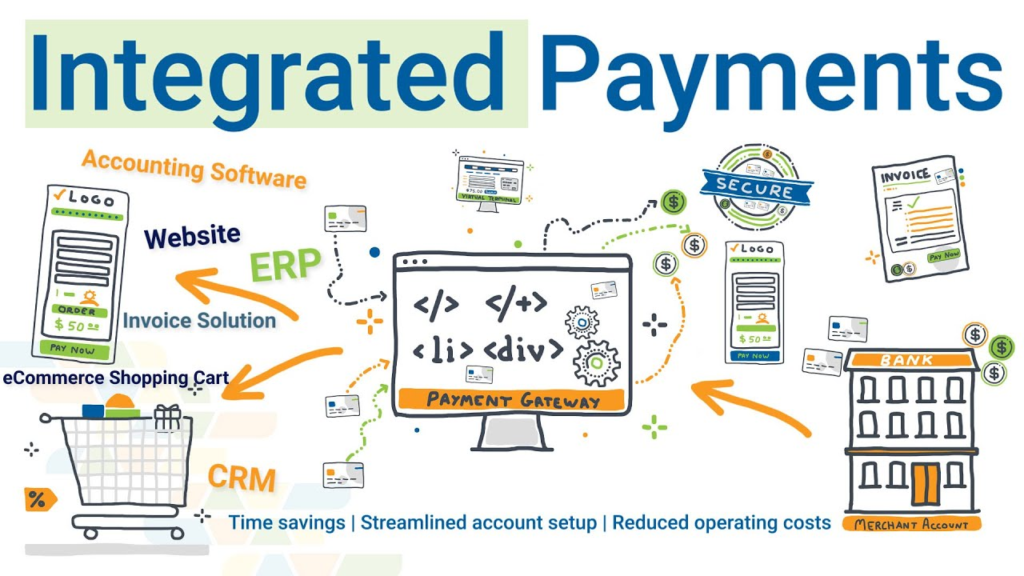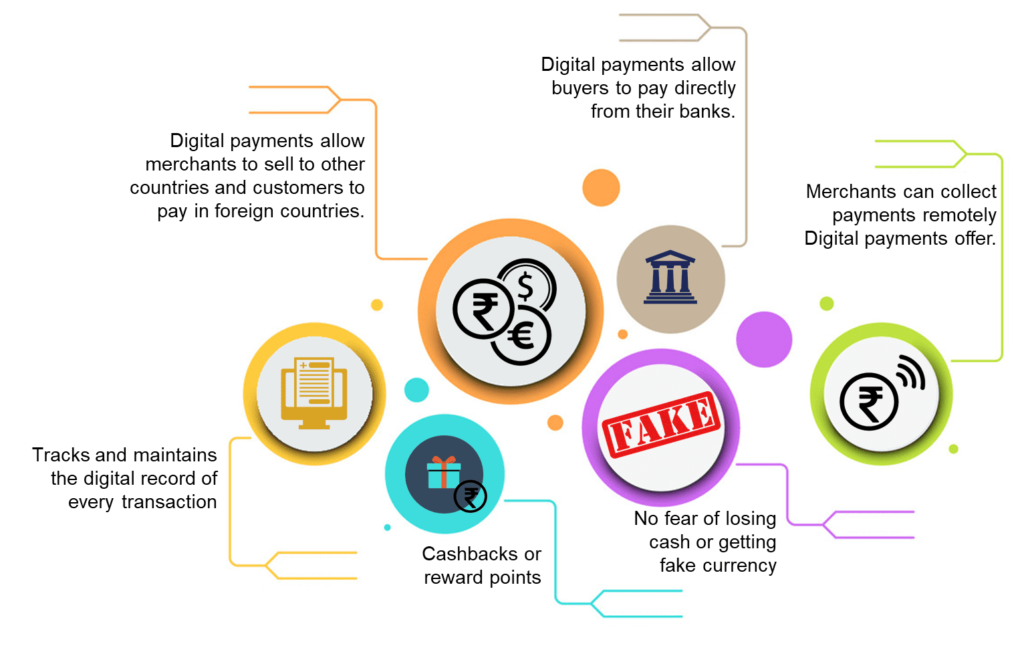AUTHOR : EMILY PATHAK
DATE : 30 / 10 / 2023
Introduction
In the rapidly evolving digital realm of today, enterprises are continually on the lookout for inventive means to optimize their workflows. One critical aspect of any business is payment processing[1]. Payment integration software[2] has emerged as a game-changer, making transactions smoother and more efficient than ever before. This article delves into the world of payment integration software[3], exploring its significance, benefits[4], and how it can revolutionize your business.
The Evolution of Payment Integration Software
In this digital age, payment processing[5] has evolved significantly. From manual cash transactions to the advent of credit cards and, now, seamless digital transactions, the journey has been remarkable. Payment integration software plays a pivotal role in this evolution, offering businesses the capability to accept various forms of payment securely.

Understanding Payment Integration
What is payment integration?
Payment integration refers to the incorporation of a software system within a business’s existing infrastructure to facilitate the acceptance of payments. This integration is crucial for e-commerce websites, mobile apps, and even brick-and-mortar stores to accept payments online and offline.
The Mechanics of Payment Integration
Payment integration operates[1] on a straightforward principle. When a customer initiates a payment, the software communicates with the payment gateway and processes the transaction. It verifies the payment, authorizes it, and records the transaction, ensuring a smooth, secure, and efficient process.
The Benefits of Payment Integration Software
They offer an array of advantages that can significantly impact your business. Here are some key benefits:

1. Enhanced Customer Experience
Customers expect a hassle-free payment process. Payment integration software ensures that transactions are swift, reducing the likelihood of abandoned carts and also increasing customer satisfaction.
2. Increased Security
Payment integration software employs robust security measures, safeguarding sensitive customer data. This not only builds trust but also ensures your compliance with data protection regulations.
3. Versatility in Payment Options
The software allows you to accept various payment methods, including credit cards, digital wallets, and even cryptocurrencies, catering to a wider audience.
4. Integration with Accounting Systems
Efficiently manage your finances by integrating payment data[2] with your accounting systems, reducing manual data entry and potential errors.
Implementing
The implementation of payment integration software is a straightforward process.
1. Choose the Right Software
Select a payment integration software that aligns with your business needs. Consider factors like the types of payments you wish to accept and the software’s compatibility with your existing systems.
2. Integration into Your Website or App
Once you’ve chosen the software, integrate it into your e-commerce website or mobile application. This often involves adding a simple code snippet.
3. Test the Integration
Before going live, thoroughly test the payment integration to ensure that it works seamlessly and also securely.
4. Monitor and Optimize
After implementation, continuously monitor your payment processing and seek ways to optimize it for the best results.
The Future of Payment Integration
With the continuous advancement of technology, payment integration[3] software will continue to evolve. The future promises even more versatility, security, and also convenience in payment processing.
The Evolving Landscape of Payment Integration
In an ever-evolving digital world, payment integration software continues to adapt to new challenges and opportunities. As businesses expand and diversify, the demand for seamless payment solutions is at an all-time high. Here are some key trends shaping the future of payment integration:
Biometric Authentication
The future of payment integration software is increasingly reliant on biometric authentication methods. Fingerprint recognition, facial recognition, and even voice recognition are becoming more prevalent. These technologies add an extra layer of security and convenience to the payment process, ensuring that only authorized users can complete transactions.
AI-Driven Fraud Detection
AI-powered algorithms are being integrated into payment integration software to detect and prevent fraudulent activities. These systems can analyze transaction data in real-time, identifying anomalies and also potentially fraudulent behavior. This proactive approach helps businesses protect themselves and also their customers from financial harm.
Enhanced Customer Personalization
Personalization is a growing trend in the e-commerce industry. Payment integration is leveraging data analytics and machine learning to offer tailored payment experiences. This can include displaying preferred payment methods, recommending relevant products or services, and optimizing the checkout process based on a user’s historical behavior.
IoT and Wearables
The Internet of Things (IoT) and wearable devices are gaining popularity in the payment space. From smartwatches to connected cars, these devices are being equipped with payment capabilities[4]. Payment integration software will need to adapt to support these new forms of payment, making transactions even more convenient for users.
Final Thoughts
Payment integration has become an essential part of the digital economy, ensuring that businesses can securely and efficiently process payments online. As technology continues to advance, we can expect more innovations that make the payment experience even better for both businesses and also customers. The future of payment integration is bright, and it will continue to play a pivotal role in shaping the way we transact in the digital age.

Conclusion
It is a vital tool in today’s business landscape. It enhances the customer experience, provides security, and streamlines transactions. By implementing the right payment integration software, your business can thrive in the digital world.
Frequently Asked Questions
1. Is payment integration software suitable for all businesses?
Payment integration is beneficial for a wide range of businesses, from e-commerce to traditional brick-and-mortar stores. It offers versatility in payment options and also enhances the overall customer experience.
2. How secure is payment integration ?
Payment integration software prioritizes security. It utilizes encryption and also compliance with industry standards to protect sensitive customer data, ensuring safe and also secure transactions.
3. Can payment integration be customized to specific business needs?
Yes, payment integration software can be customized to meet the specific needs of your business. You can choose the features and payment methods that align with your business model.
4. What is the cost of implementing payment integration ?
The cost of implementing payment integration software varies depending on the software provider and the features you choose. It’s essential to research and also select a solution that fits your budget and requirements.
5. How do I get started with payment integration for my business?
To get started with payment integration, you can research reputable payment integration software providers, choose the one that aligns with your needs, and also follow their integration instructions. This typically involves adding a code snippet to your website or app for a seamless payment process.




